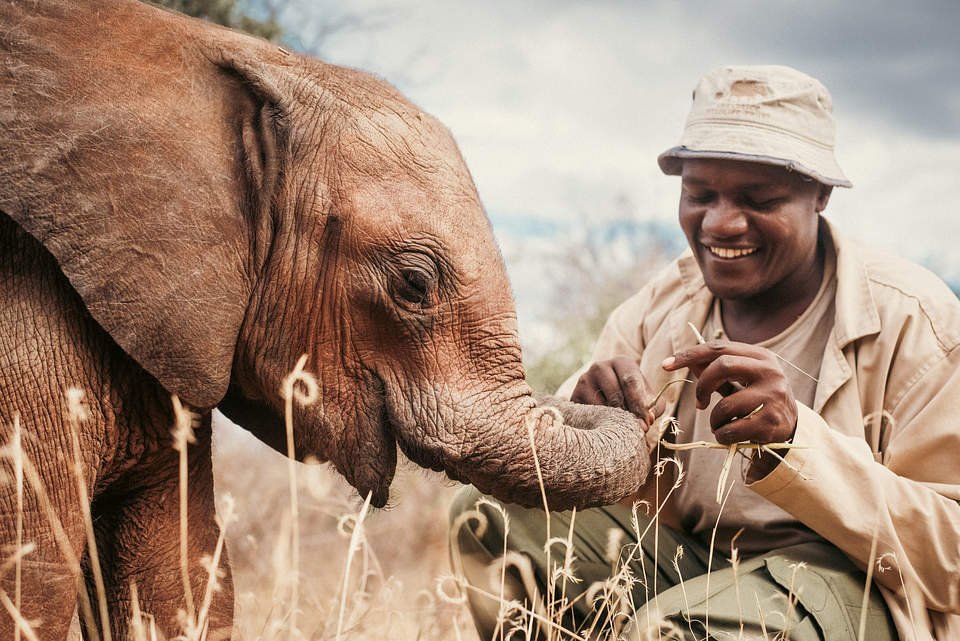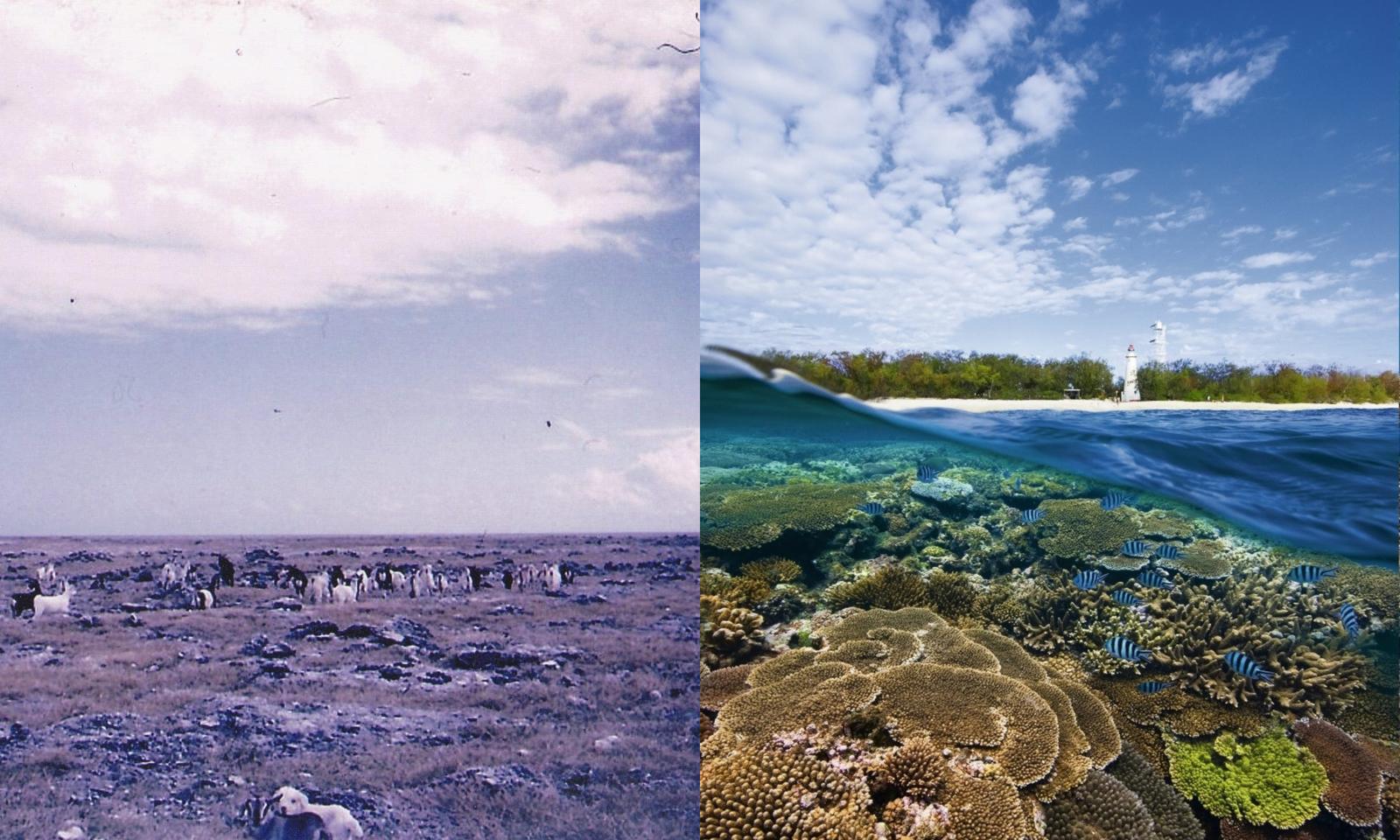What are biodiversity credits and how does it work?
By
Biodiversity credits are one of the latest tools in the context of global warming and sustainable development. Countries and organisations worldwide are starting to adopt biodiversity credits to drive improvements in nature. However, understanding the fundamentals of it and how it works can be challenging. Thus, this article aims to dive deep into biodiversity credits and break them down into components that can be useful to both individuals and businesses who are planning to engage or are already engaged in nature restoration through biodiversity credits.

Image by Gustav Gullstrand | Unsplash
Topics covered
- What are Biodiversity Credits and How Does it Work?
- Background
- What Are Biodiversity Credits?
- Why Should Businesses Invest in Biodiversity Credits
- How Does Biodiversity Credits Work?
- Examples of Biodiversity Credits Adoption Worldwide
- Who is Responsible for Biodiversity Credits?
- Key Characteristics of the Biodiversity Credits Market
- The Other Side of the Coin
- Challenges to Biodiversity Credits
- The Way Forward for Biodiversity Credits
Background
Since the industrial revolution that started a sequence of events leading to the destruction of natural ecosystems through increased pollution, the world has lost an estimated 69% of its animal population compared to 1970. Another 1 million animals are at risk of extinction today. The destruction of forests and emission of harmful greenhouse gases that trap heat within the earth’s atmosphere has led to alarming rates of global warming, bringing natural defences to the brink of collapse. In fact, global temperatures are moving towards extreme limits so much that it is causing frequent wildfires that cause further destruction of biodiversity. For anyone who has studied evolution or watched ‘Life on Our Planet’ on Netflix, these are all signs that our planet is moving towards a potential global extinction probably in several thousand or million years unless significant changes are not made today.
On the contrary to this damage, 55% of the global GDP equivalent to $58 trillion is moderately or highly dependent on nature, and investments between the value of $722 and $967 billion are estimated to be required annually to reverse the decline of biodiversity worldwide by 2030. However, as of 2019, only $124-143 billion was invested in biodiversity protection and enhancement leading to a significant financing gap in climate action. Thus, the need for both public and private participation in addressing these challenges has never been greater. The biodiversity credits model was introduced as a potential solution to these challenges to encourage private organisations to play a larger role in environment conservation and enhancement by highlighting the need to act as global citizens focusing on people and the planet over business-as-usual.
What are biodiversity credits?

Image by Tim van der Kuip | Unsplash
Biodiversity credits are an economic tool that encourages organisations to make financial contributions to improve biodiversity as a part of their business operations. Thus, financing the capital needed to minimise the investment gap identified above and help restore biodiversity in nature. It is a multi-stakeholder model designed to promote voluntary financial contributions by business organisations while attracting support from civil society, non-profit organisations, and governments in developing a socially equitable marketplace for trading biodiversity credits.
Though biodiversity credits involve financial contributions similar to biodiversity offsets or carbon offsets, the two concepts are considered different approaches to climate action. Biodiversity offsets involve financial compensation for damage done to the environment during development projects or general business activities. According to biodiversity offsetting policies followed in most parts of the world, the damage caused needs to be compensated for through biodiversity protection, enhancement or establishment initiatives elsewhere. The objective of offsetting is to avoid net biodiversity losses by internalising the cost of environmental damage into the organisation’s expenses. Currently, over 35 countries have incorporated biodiversity offsetting as a regulation while over 100 countries are in the process of developing biodiversity offsetting policies.
In contrast, biodiversity credits are voluntary contributions organisations can make as a part of their business strategy to achieve a greener and sustainable future. While it achieves the same aspects of offsetting such as financing biodiversity protection, enhancement, or establishment, the key difference lies in the usage intention. Biodiversity credits are expected to drive a culture of environmentally conscious decision-making within organisations by adopting a proactive approach to tackling biodiversity loss and climate change over a proactive approach of compensating for damage caused via offsets.
At the same time, as biodiversity offsets primarily target one-for-one style biodiversity management where a 20% damage to ecosystems is covered by a 20% financial contribution, it is not truly one-for-one as one part of biodiversity in a particular place on earth cannot be equally compared to another part of biodiversity. Thus, biodiversity credits are positioned as a tool to make additional contributions to sustainable development as a part of an organisation’s nature-first strategy.
Why should businesses invest in biodiversity credits?
According to The Future of Nature and Business report published by the World Economic Forum in collaboration with AlphaBeta, green investing can create financial opportunities worth over $10 trillion for businesses via higher revenues, lower capital costs, higher valuations, improved customer loyalty and employee retention. However, at the current rate of biodiversity loss, a failure to do so would lead to catastrophic collapses in natural ecosystems essential to the continuance of business operations and human survival, leading to large geographical and sectoral losses for organisations. Driven by scarcity and interdependency of the global supply chain, these initial losses can then create aggregated losses as they spread to more regions and sectors, finally leading to major economic and supply chain shutdowns worldwide.
Secondly, from a marketing standpoint, consumers demand sustainability and climate-friendly operations from businesses today more than ever. Inadequate climate action by organisations is put in the spotlight causing negative impacts to customer loyalty and perceptions. In fact, it has been identified that consumers would prefer to switch brands if a particular organisation is identified to be engaged in harmful environmental practices, given certain other conditions are also met in some circumstances. Similarly, organisations thriving for a greener future are deeply admired. It is considered that the majority of Millennials and Generation Z drive this change as their future on this planet is becoming bleaker every passing day. Thus, aligning business initiatives around green strategies could be a key driver in ensuring market share, attracting investments, and complying with new regulations as customer demographics and psychographics change.
How do biodiversity credits work?
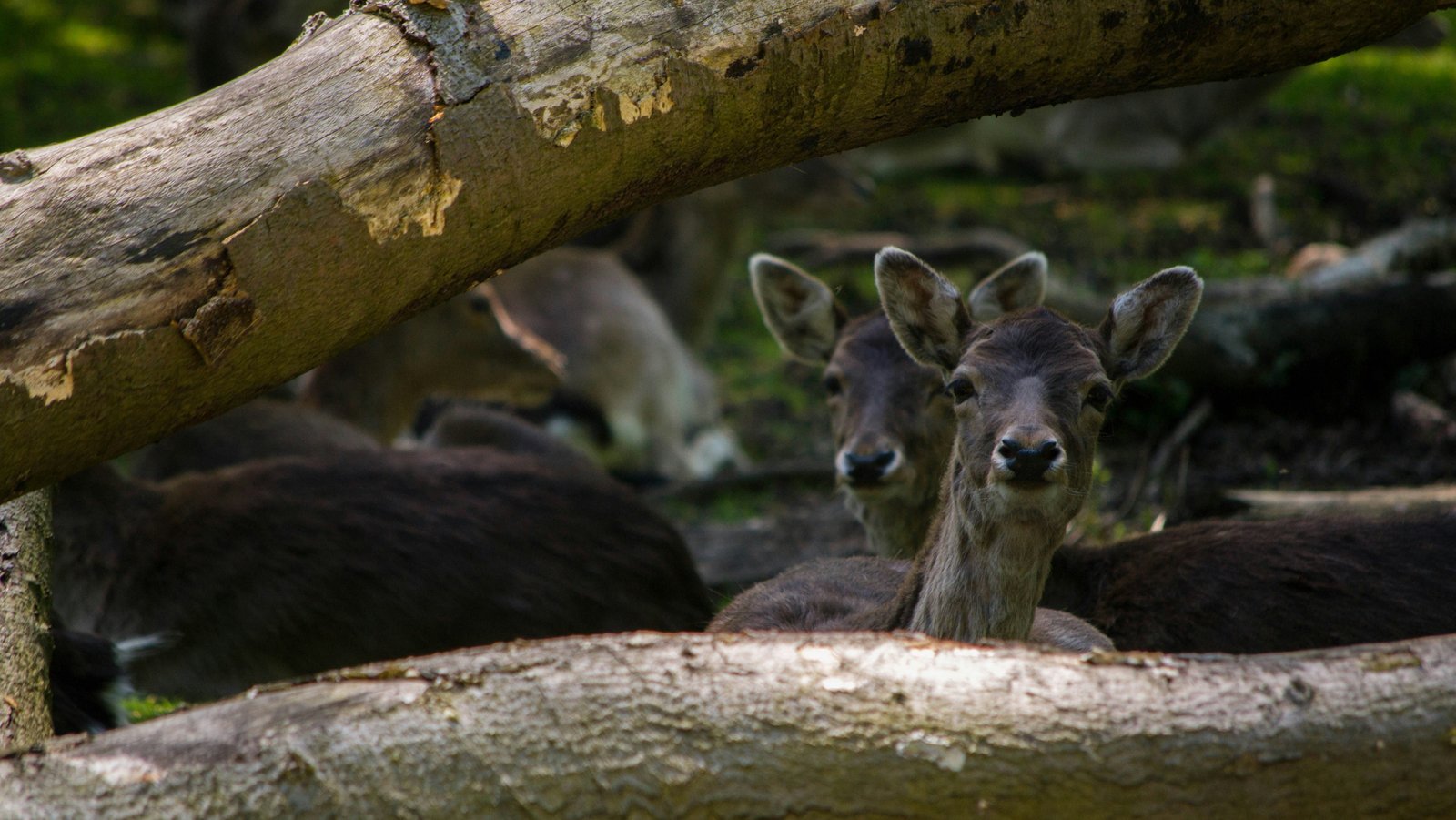
Image by Daniel | Unsplash
By highlighting the need for biodiversity protection and improvement, the model aims to encourage individuals, non-profit organisations, governments, and businesses to launch biodiversity improvement projects that private and public sectors can fund. While biodiversity loss and climate change are technically different issues, they are intertwined as biodiversity gains positively impact climate change by absorbing greenhouse gases in the atmosphere that cause much of the global warming today. Thus, stakeholders are encouraged to initiate biodiversity improvement projects by understanding the true need for conservation, restoration and improvement of nature instead of engaging in them to comply with regulatory requirements or revenue generation purposes. At the same time, the model encourages participating stakeholders such as local communities to create a demand for businesses to get involved in the biodiversity credits marketplace through consumer power, driving the development of a comprehensive biodiversity credits eco-system.
In practice, biodiversity credits can be adopted in two ways: by landowners and by green investors. Existing landowners who wish to utilise land to improve nature, earn an extra income or both, can get the land surveyed by an ecologist who will appraise the land based on specific biodiversity metrics to develop a biodiversity valuation of the said land. The land is then divided into smaller areas called biodiversity units according to the identified valuation and a plan is developed to develop the biodiversity of these units over a period of time. Landowners are then able to sell these biodiversity units to private and public investors to fund the development plan and earn an extra income for managing the development over the agreed time period on behalf of the investor.
Similarly, the second way of adopting biodiversity credits is by identifying existing biodiversity units for sale and investing in them to improve nature as an organisational investor. The role of the investor here is to simply fund the development plan while the landlord or the appointed management responsible for the units ensures the execution of the biodiversity development plan developed together with a certified ecologist.
However, biodiversity credits investors who do not wish to invest in a third-party development project can acquire land and develop their own units that can be funded as an organisational asset depicting its commitment to nature restoration.
Currently, land areas are measured and biodiversity credits are developed against habitat features such as the size of land, uniqueness, location, condition, and quality of the biodiversity in the area. In comparison to biodiversity offsets or carbon offsets that only compensate for the exact value of the damage caused to nature, biodiversity credits intend to achieve a net gain in nature over the agreed period of time by driving continuous improvements.
Examples of biodiversity credits adoption worldwide
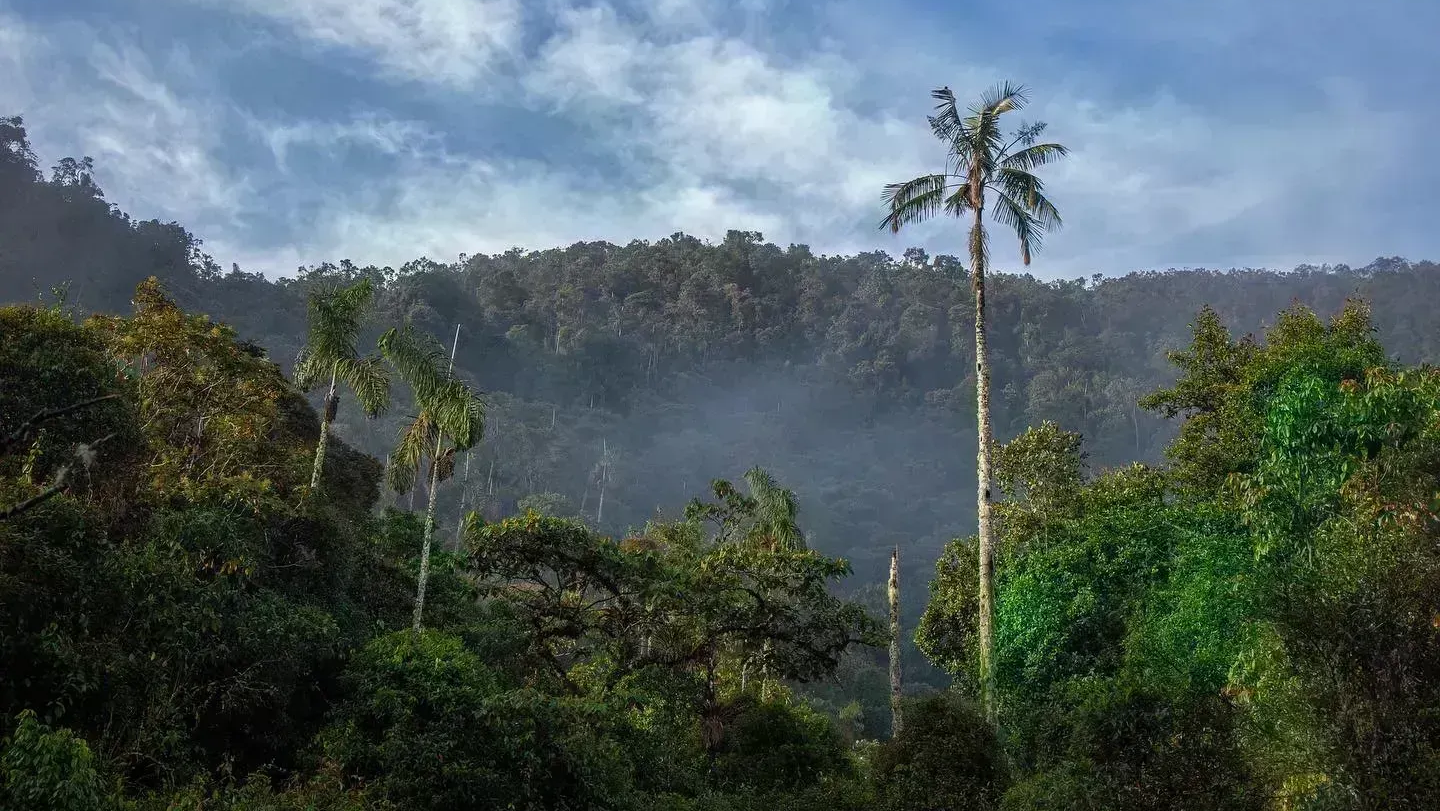
Image by Climate Trade | Bosque de Niebla Cloud Forest in Columbia
Organisations and governments are beginning to adopt or have adopted various models of biodiversity credits to suit local needs. In Colombia, two private companies specialising in environment conservation and green investing called Terrasos and Climate Trade introduced biodiversity credits for a 340-hectare conservation project in 2020. The project titled Banco de Hábitat, Bosque de Niebla – El Globo sells biodiversity credits priced at €28.56 each (as of 26th July 2024) to private and public entities to generate the capital needed to conserve the cloud forest Bosque de Niebla in Columbia. Each credit sold through the project is equivalent to 10 square meters of land and Terassos is responsible for managing it for 30 years through biodiversity restoration, preservation, and enhancement activities.
In New Zealand, a sustainable development units program was launched in 2022 aiming to fund the conservation of the Sanctuary Mountain Maungatautari through biodiversity credits. The funding from the program is expected to drive short-term biodiversity outcomes such as pest and weed control in 83 hectares of land in the sanctuary. The credits were initially bought by Profile Group Limited, a supply chain solutions provider as voluntary contributions to obtain positive and measurable biodiversity outcomes over offsetting.
Similarly, in 2018, Australia launched the EcoAustralia™ credits to drive voluntary contributions to conservation initiatives across the country. An EcoAustralia™ credit comprises one Australian Biodiversity unit and one carbon credit which represents 1.5 square meters of biodiversity protection. Organisations such as the University of Melbourne, Porsche Australia and CareSuper were among the first organisations to purchase these biodiversity credits.
Most recently, the United Kingdom mandated that all developers engaged in development projects across the region should restore 100% of any damage caused to the environment during their projects, and complete an additional improvement in nature by 10% to achieve a net gain in biodiversity. This is considered a significant milestone in the progress of biodiversity credits as it’ll cover development projects ranging from homes to major scale developments such as roads and solar power generation plants.
Who is responsible for biodiversity credits?
While biodiversity credits are gaining traction worldwide, the model is still in its early stages and stakeholders are implementing many initiatives to drive wider adaptation of the model. For example, the World Economic Forum has implemented the Biodiversity Credits Initiative to explore the demand and supply for this model, promote integrity and governance around it and create a standardised set of metrics to attract early adopters and create long-term value. To achieve this, the Biodiversity Credits Initiative works with businesses, environmental agencies, regulators, academics, general communities and other biodiversity credits-related initiatives such as the Biodiversity Credits Alliance by the United Nations and the International Advisory Panel on Biodiversity Credits.
The Biodiversity Credits Alliance is an international voluntary organisation of scientists, academics, conservationists and other professionals set up to achieve the Kunming–Montreal Global Biodiversity Framework’s policies that attempt to increase investments from the private sector in biodiversity using tools such as biodiversity credits. The key objectives of the alliance include building a science-based framework for voluntary biodiversity contributions and offering guidance to stakeholders. The Kunming-Montreal Global Biodiversity Framework (GBF) was adopted in 2022 by the UN Convention on Biological Diversity to halt the loss of nature by 2030 and reverse nature loss to the 2020 benchmark level by 2050. Similarly, the International Advisory Panel on Biodiversity Credits primarily targets working with indigenous people and local communities to obtain knowledge and experience on improving biodiversity in certain parts of the world to create a meaningful impact on people and the planet.
Thus, there is no one particular entity responsible for implementing biodiversity credits at present. Any interested party can launch a biodiversity credits project based on the guidelines provided by the organisations mentioned above. The project can be adapted to suit the local requirements of biodiversity protection or enhancement while keeping its key characteristics intact. Biodiversity credits are expected to become a self-sustaining tool driven by market forces to protect nature.
Key characteristics of the biodiversity credits market
While biodiversity credits are still in the early stages, experts and professionals commonly identify integrity, strong governance and inclusion as key characteristics of biodiversity credits as a financing tool. To drive the adaptation of biodiversity credits globally and increase the participation of the private sector, the credit design and market architecture are expected to be developed with integrity and transparency at its core providing clear guidelines on how the funds will be utilised. With initiatives such as carbon offsetting being increasingly scrutinised by consumers due to a lack of integrity and accountability as certain organisations continue harmful business practices simply to offset their emissions, a movement such as biodiversity credits could turn the tide by creating a marketplace that encourages organisations to adopt climate-friendly strategies as a core element of their business operations. Along with this, a strong governance framework needs to be implemented by the creators of each biodiversity credits initiative to ensure the commitments made are met in a socially equitable, nature-positive, and timely manner.
Secondly, it is also strongly advised by thought leaders and stakeholders of the biodiversity credits that projects must include the participation of stakeholders such as Indigenous people and local communities, the private sector, the public sector and society in general. Indigenous People and Local Communities (IPLCs) are core to this characteristic as biodiversity projects are primarily location-based. Thus, these groups of stakeholders have the most knowledge on how certain natural ecosystems can generate real value. At the same time, governments and regulators must implement necessary policies to regulate and govern these initiatives while consumers support the authorities in holding the key stakeholders accountable for the execution.
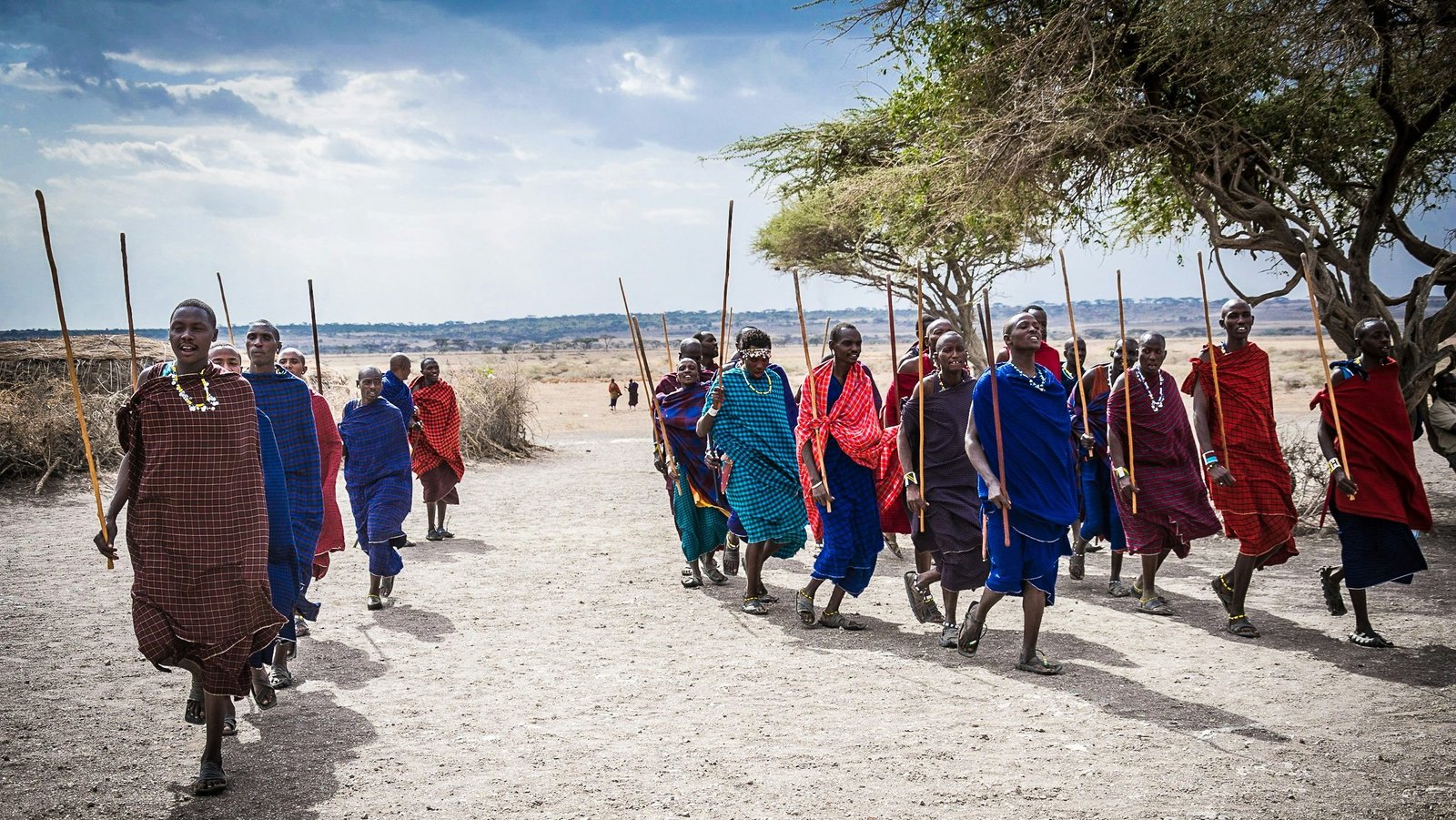
Image by Piotr Usewicz | Unsplash
The other side of the coin
While the general belief is that biodiversity credits will act as an economic tool to finance the gap in investments for biodiversity restoration, organisations such as the Campaign for Nature believe that it is an opportunity for governments to neglect their commitments to environmental protection by passing on the responsibility to the private sector. At the same time, the organisation also believes that encouraging voluntary contributions is insufficient to tackle the rate of biodiversity destruction at present, calling for government policies to make these contributions mandatory citing the lack of adoption of carbon offsetting by private organisations. It highlights that the voluntary carbon market only reached $1.9 billion in 2022 more than two decades after its introduction leading to serious doubts about the potential success of biodiversity credits. Accordingly, if the biodiversity credits market grows to the same amount, it is expected to only fulfil 0.3% of the funding required for agreed nature restoration targets.
Challenges to biodiversity credits
- Lack of Standard Metrics: While individuals and organisations are pursuing the possibility of creating a standard measure for a biodiversity credit, concerns are raised by stakeholders regarding the difference in complex biodiversity systems worldwide which makes it extremely difficult to develop a standardised measure.
- Credibility: The lack of adoption of biodiversity credits so far since its introduction begs the question of whether it is capable of solving the challenges that were insolvable by carbon offsetting, a similar approach to biodiversity restoration.
- Ownership: Lack of clarity in terms of the ownership of biodiversity credits could lead to lower rates of adoption as the private sector will be reluctant to invest in markets that do not provide fair recognition as sellers and buyers of biodiversity credits could both claim credit for nature improvements.
- Double Counting: The unavailability of a standard measurement process for biodiversity outcomes could lead to double counting and reporting by sellers and buyers engaged in the same project.
The way forward for biodiversity credits
While it is still too early to decide on the effectiveness of Biodiversity Credits as a tool to finance nature restoration, it is evident that the current rate of adoption of the tool is not sufficient to achieve the $200 billion per year nature financing commitment by 2030 agreed through the UN-led Global Biodiversity Framework. In the private sector, while the majority of Fortune 500 companies have established climate-related targets, only 51% of these organisations acknowledge biodiversity loss in their business operations, and only 5% of these companies have set out biodiversity restoration targets. This is increasing the pressure on governments, especially in developed countries, to honour their biodiversity pledges in combating damage to nature. However, how much can the governments sustain these investments if the private sector is not committed? The answer lies in the hands of governments, business leaders and consumers.
